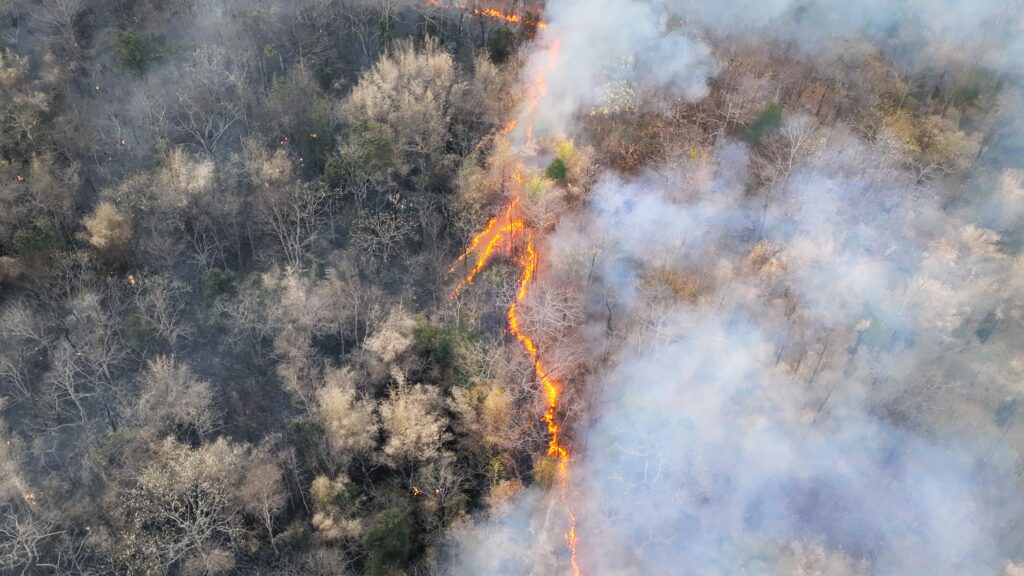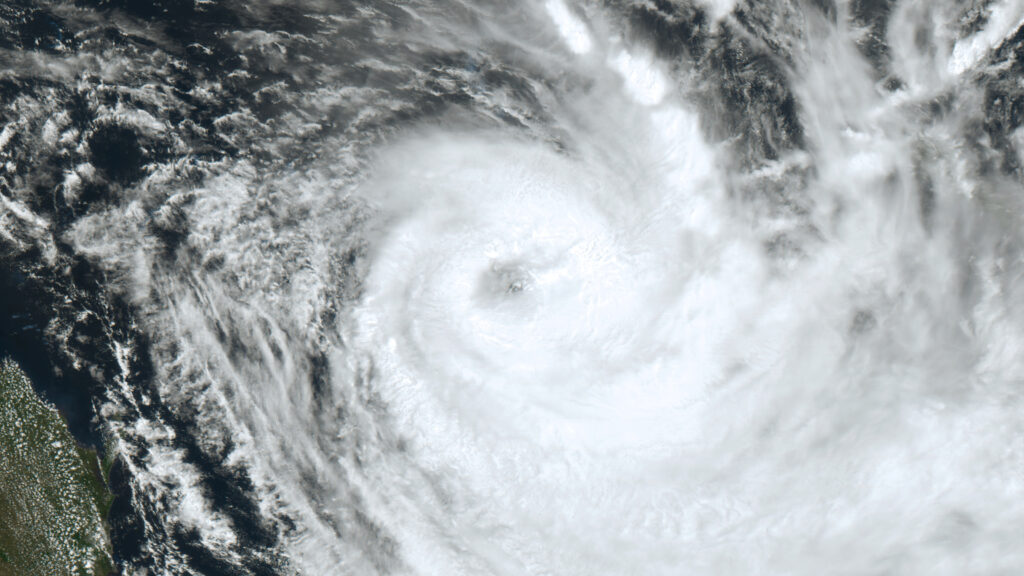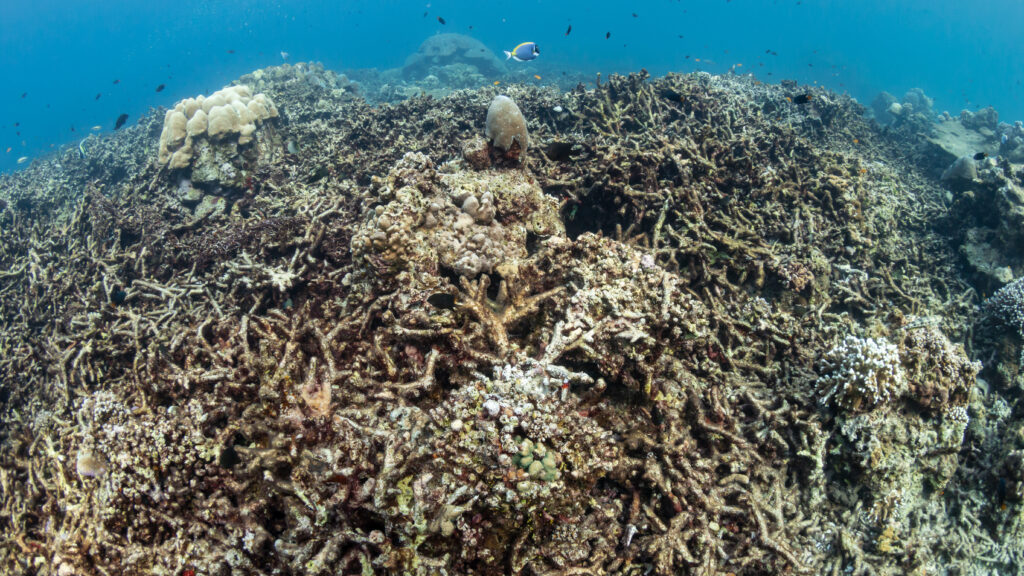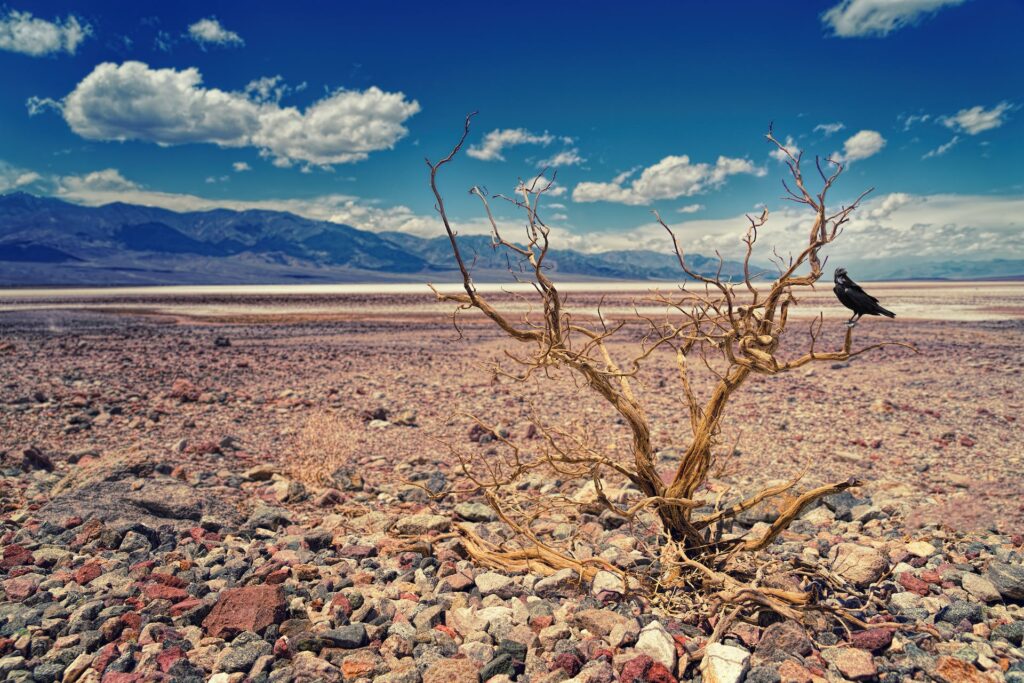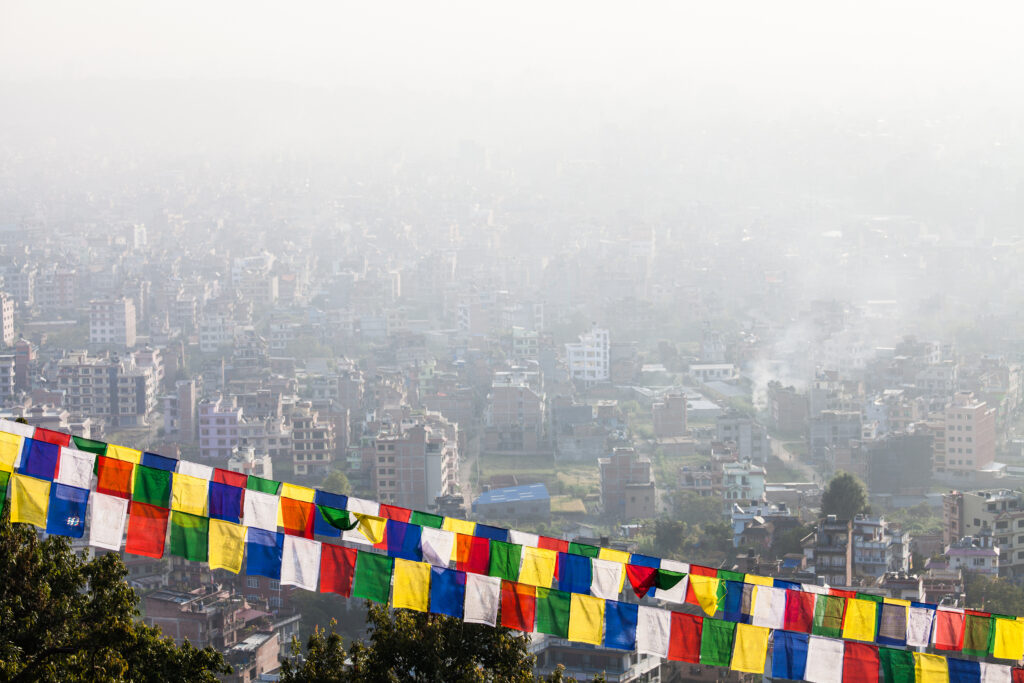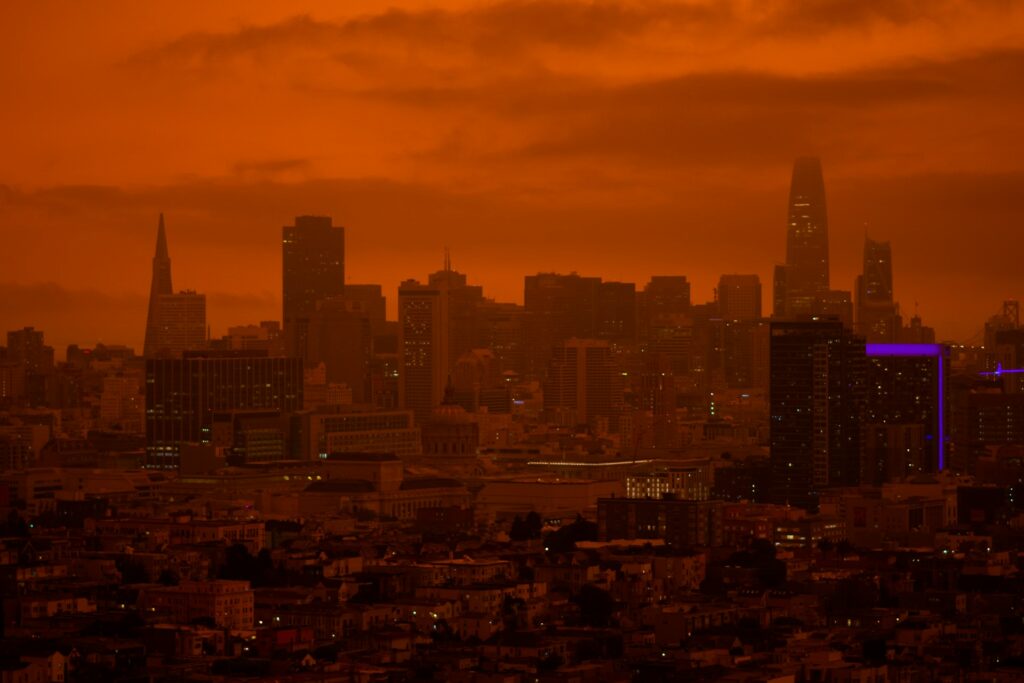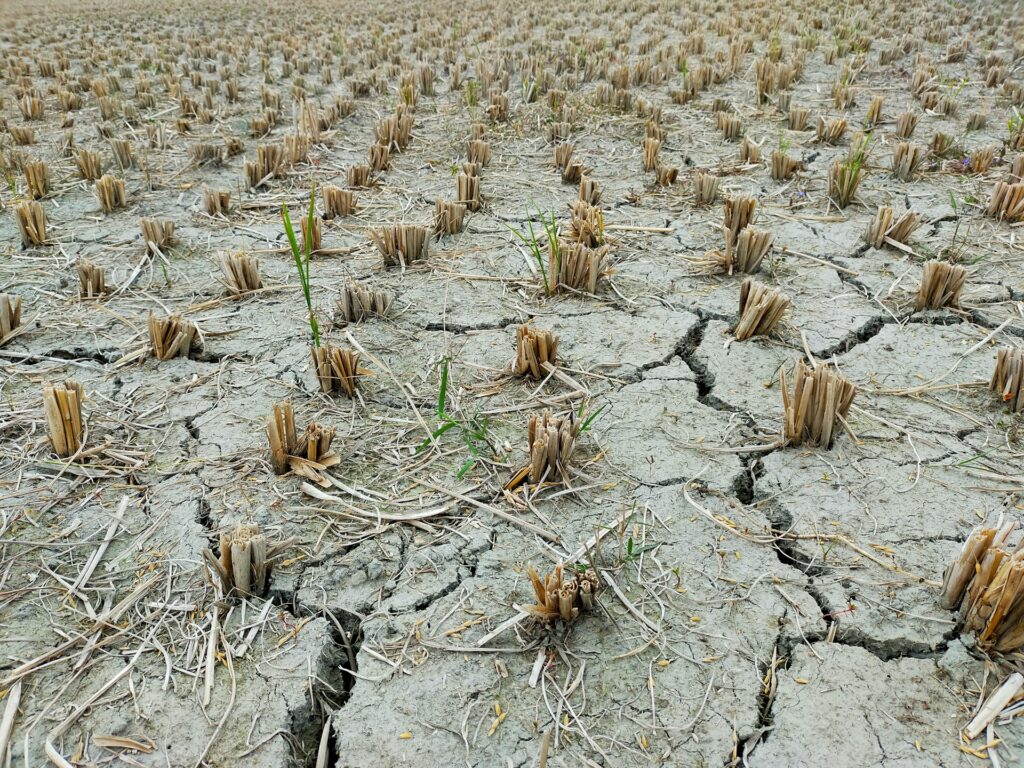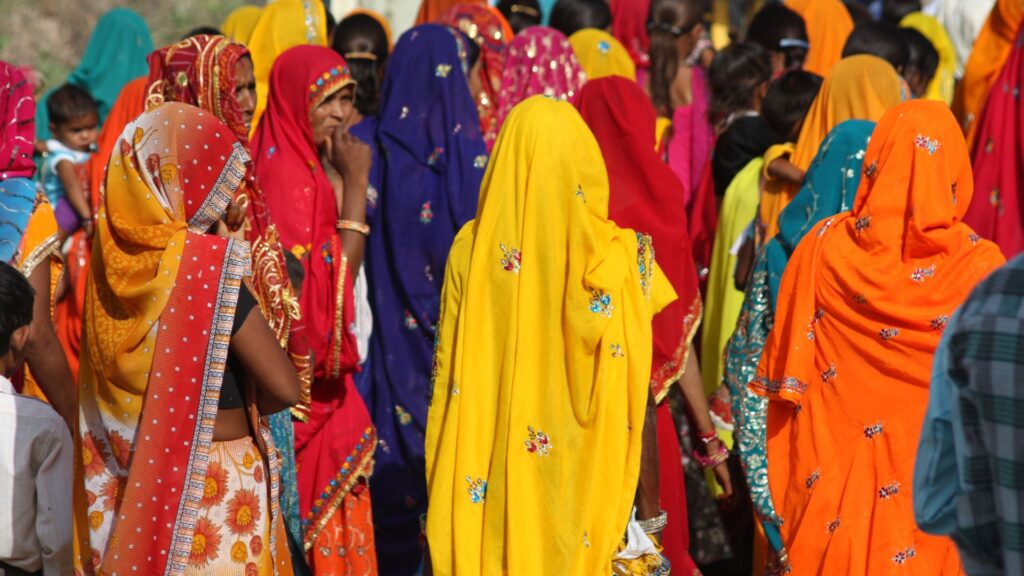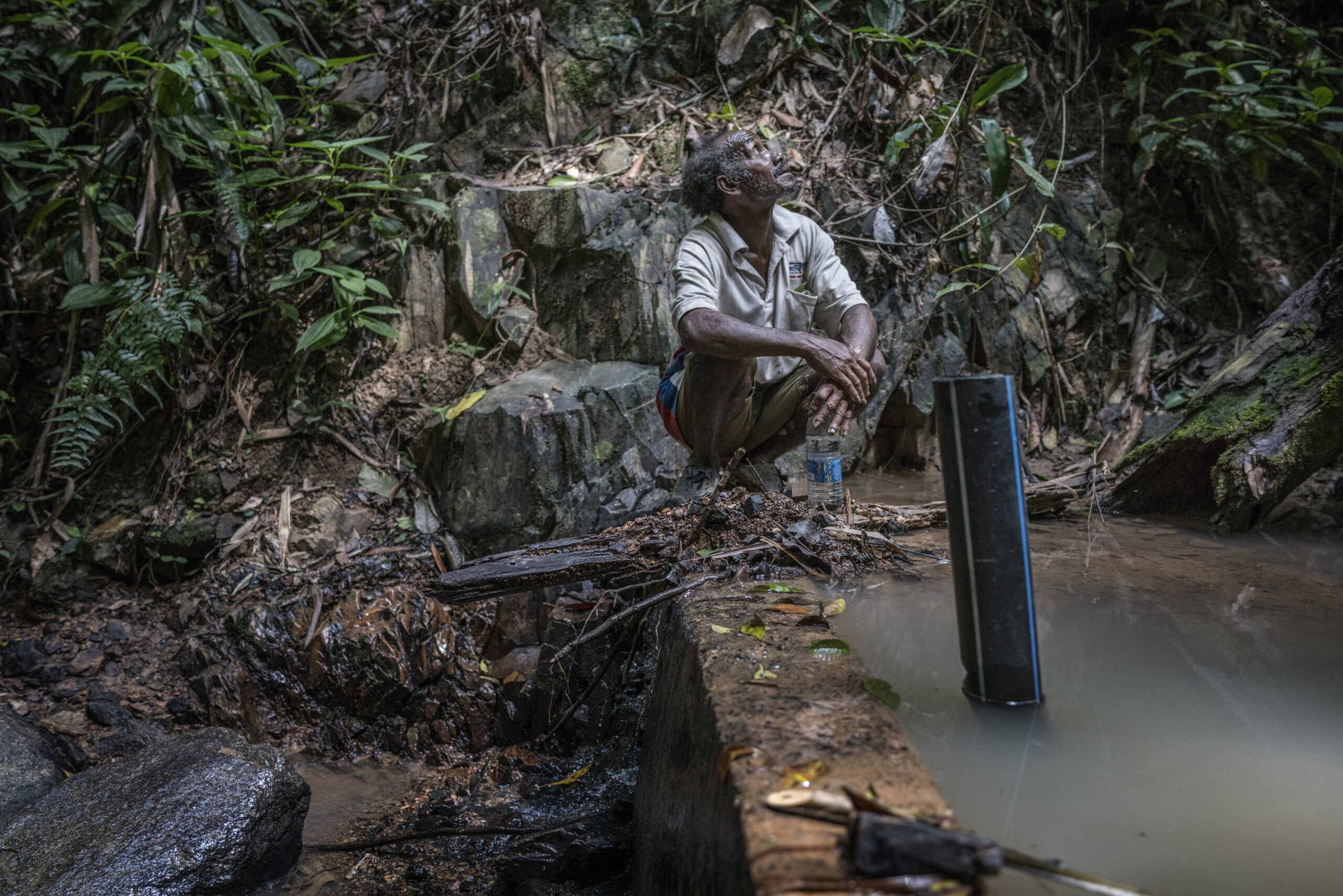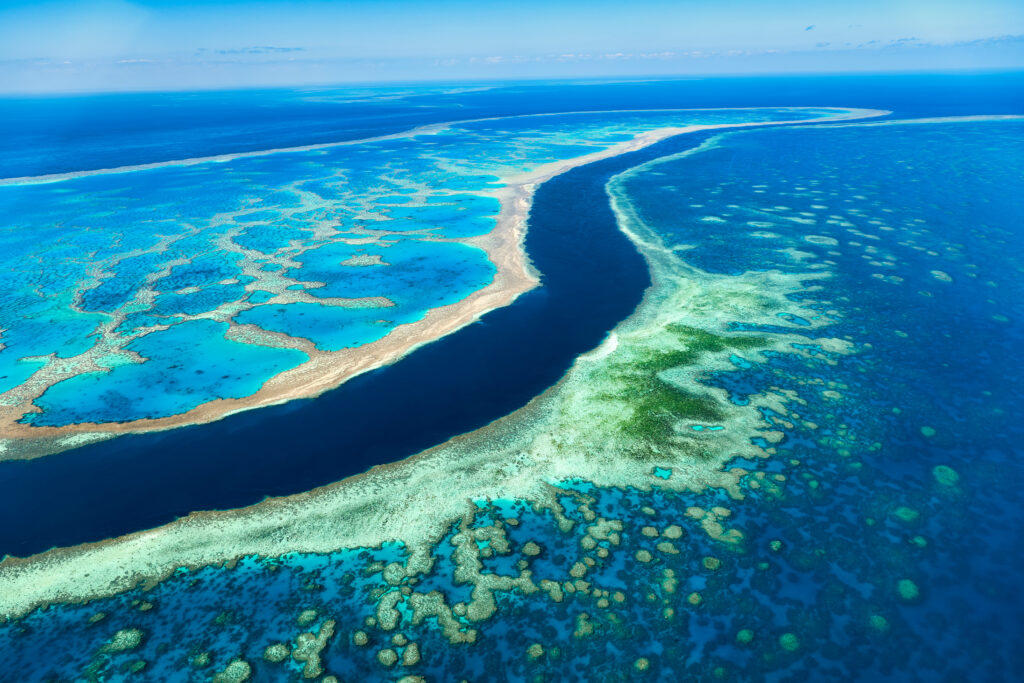The large-scale wildfires that broke out in Japan and South Korea in March 2025 were made more intense due to human-induced climate change, according to a rapid analysis by the ClimaMeter consortium. The fires began on March 21, devastating hundreds of hectares in Japan and thousands in South Korea.
Wildfires in Western Japan and South Korea in 2025: Causes
Fuelled by dry conditions, strong winds and high temperatures, scientists said the climatic conditions that fed the wildfires in Japan and South Korea are becoming more intense due to global warming. “Wildfires in Japan and South Korea show how climate change amplifies interconnected extremes — heatwaves dry out vegetation, stronger winds accelerate flames and heavy rainfall in other seasons promotes undergrowth that later becomes fuel,” explained report co-author Greta Cazzaniga from the French National Centre for Scientific Research (CNRS). “These compounding risks create a vicious cycle demanding urgent climate adaptation strategies.”
Hotter, Drier Conditions Fuelling Forest Fires
Comparing how similar weather events were in the past to how they are now, the ClimaMeter scientists found that depressions near East Asia similar to those triggering these wildfires bring up to 2ºC hotter and up to 30% drier conditions now than in previous decades in the wildfire-affected regions. Winds are also stronger, with speeds up to 10% more intense, especially near the coastal areas of South Korea and northern Japan. While some of these changes can be attributed to natural variability, the analysis indicates that human-driven climate change has also played a significant role.
“The March 2025 wildfires in Japan and South Korea happened under hotter, drier and windier conditions in a world without climate change,” said co-author Tommaso Alberti from Italy’s National Institute of Geophysics and Volcanology. “Our analysis confirms that such events are intensifying, exactly as the IPCC warns. Climate change is fuelling extreme fire weather, making wildfires more dangerous and more frequent.”
Analysis by Climate Central has also revealed a connection between human-induced climate change and recent wildfires. During the wildfires, temperatures in South Korea climbed 4.5°C to 10°C above the 1991-2020 average. For Western Japan, the temperatures exceeded the average by as much as 7°C to 8.5°C. The researchers emphasised that human-caused climate change strongly influenced these temperature extremes.
In addition to the heat, drier-than-average conditions that emerged late in 2024 have led to persistent and severe drought conditions. Driven by dry winds and a lack of winter snowfall, these dry landscapes turned into “dangerous fire fuel”, said Kaitlyn Trudeau, a senior research associate at Climate Central.
Thousands Evacuated as Fires Inflict Human and Cultural Damage
The wildfires have caused a devastating human toll. In Japan, separate wildfires hit Okayama prefecture and Ehime prefecture, injuring at least two people, forcing thousands to evacuate and damaging multiple homes.
In South Korea, authorities have confirmed that March’s wildfires were the largest on record. Over 27,000 people were forced to urgently evacuate their homes as fires tore through southeastern regions, cutting off roads and communications. At least 27 people have died, including three firefighters and a helicopter pilot. Ancient temples are among the buildings destroyed.
Wildfires Reaching New Areas
Wildfires are a natural part of many ecosystems, but extreme weather conditions such as heatwaves, droughts and strong winds contribute to the conditions that spark and prolong fires. The IPCC has highlighted the worsening influence of climate change on the frequency and intensity of wildfires, with human-induced climate change found to have significantly increased areas burned by wildfires in certain regions, including East Asia, and lengthened fire weather seasons. Furthermore, wildfires now affect regions previously unexposed to such risk. For example, a 2024 study found that in South Korea, climate change has contributed to a shift from cold, wet winters to warm, dry conditions, creating more fire-prone environments and consequently increasing wildfire risks.
Despite the increasing risks to lives and livelihoods, most nations’ climate plans fall significantly short of addressing the crisis. According to Climate Action Tracker (CAT), Japan’s current climate policies and ambitions are deemed “insufficient“, leading to a potential increase of 3°C in global temperatures by the end of the century. Similarly, South Korea’s climate initiatives are classified as “highly insufficient“, corresponding to a devastating rise of 4°C. The deadly fires in March underscore the urgent need to reinforce these plans to limit the future dangers of climate impacts on people and communities. Without immediate efforts for mitigation and adaptation, such events will only escalate in scale and destruction as the climate crisis intensifies.
Evelyn Smail
Writer, United Kingdom
Evelyn is a freelance writer and journalist specialising in climate science and policy, the just energy transition and the human impacts of climate change. She writes for independent publications, NGOs and environmental organisations. Evelyn has a background in sustainable development, climate justice and human rights.
Evelyn is a freelance writer and journalist specialising in climate science and policy, the just energy transition and the human impacts of climate change. She writes for independent publications, NGOs and environmental organisations. Evelyn has a background in sustainable development, climate justice and human rights.



